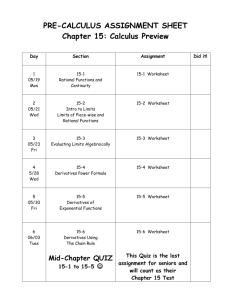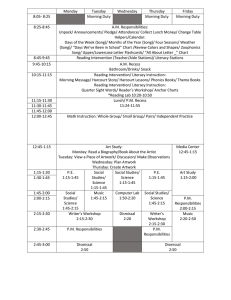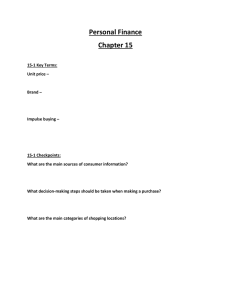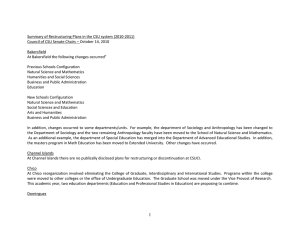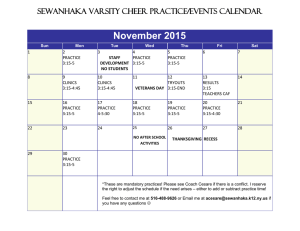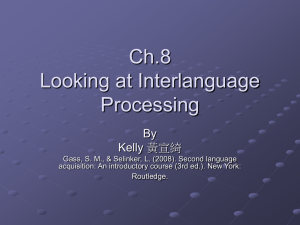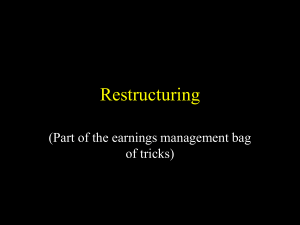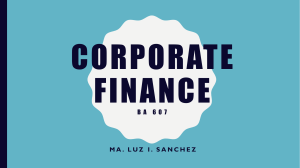Structure
advertisement
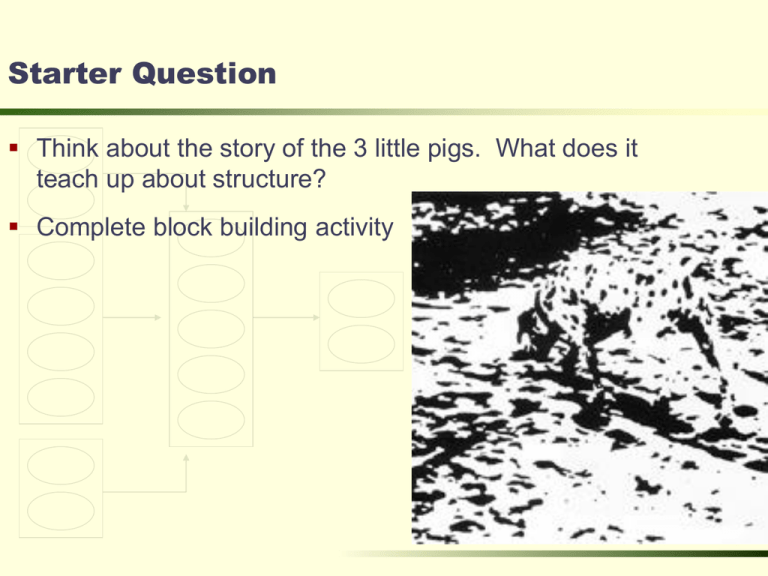
Starter Question Think about the story of the 3 little pigs. What does it teach up about structure? Complete block building activity Slide 15-1 Organizational Structure Organizational structure formally dictates how jobs and tasks are divided and coordinated between individuals and groups within the company. An organizational chart represents every function in the organization [horizontal info] and the reporting relationships between those jobs (aka, management) [vertical info] } } Hierarchical, layered, complex Flat, simple Slide 15-2 Elements of Organizational Structure (see Table 15-1) Work specialization (aka division of labor) is the way in which work in an organization are divided into separate jobs. Industrial revolution example Chain of command shows the flow of authority through the levels of an organization’s structure. Answers the question “Who reports to whom?” Direct reporting vs indirect (matrixed) Span of control represents how many employees the manager is responsible for in the organization. Narrow vs wide Centralization tells where decisions are made in organizations. Centralized vs decentralized Army example A company is high in formalization when there are many specific rules and procedures to standardize behaviors Slide 15-3 Organizational Design Organizational design is the process of creating, selecting, or changing the structure of an organization. The process of changing an organization’s structure is called restructuring. Restructuring has a small negative effect on task performance. Restructuring has a larger negative effect on organizational commitment. Company size refers to the total number of employees, and structure. An organization’s technology is the method by which it transforms inputs into outputs. Slide 15-4 Why Organizations Have Different Structures? Group activity: -Define a common organizational form Table 15-6 Slide 15-5

